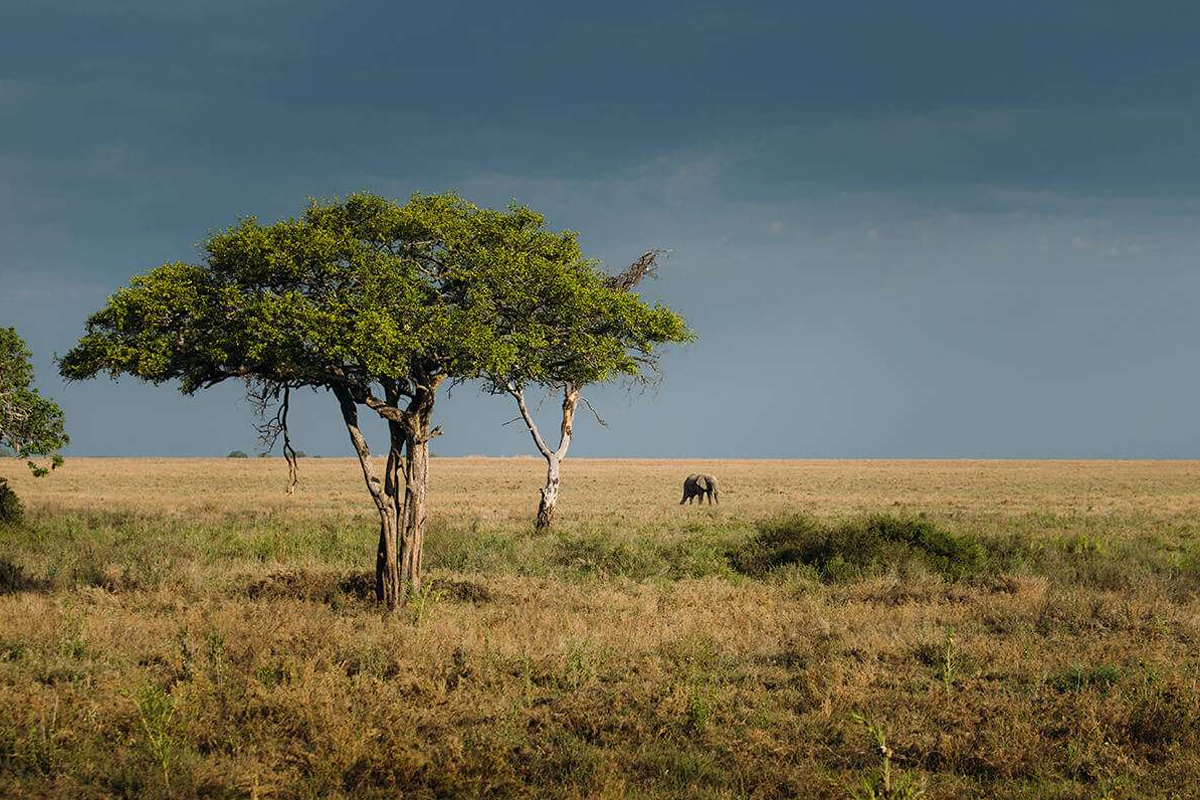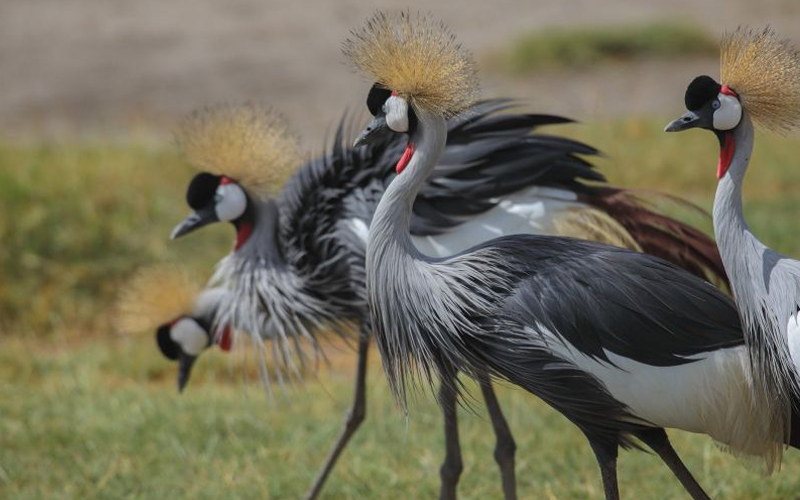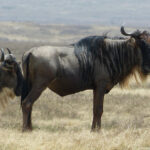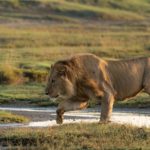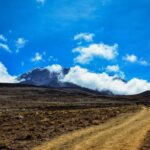When you think of Tanzania’s wildlife, the iconic Big Five” lion, leopard, elephant, buffalo, and rhino” often come to mind. However, Tanzania’s diverse ecosystems are home to an astonishing variety of other species that offer equally captivating wildlife experiences. From the vibrant birdlife of the rainforests to the elusive creatures of the wetlands, Tanzania’s wildlife extends far beyond these famous five. This guide explores some of the lesser-known but equally fascinating animals that make Tanzania a top destination for nature enthusiasts”Tanzania Safari“.
Wildlife Beyond the Big Five
The Majestic Giraffe
- Unique Adaptations: The giraffe, with its long neck and distinctive spots, is one of Tanzania’s most striking animals. These gentle giants have evolved to browse on leaves high up in trees, which most herbivores cannot reach. Their long necks and legs help them to reach tender foliage, giving them access to a food source that other herbivores don’t compete with. Additionally, giraffes have a unique walking style called pacing, where each leg on one side of the body moves in unison with the legs on the other side.
- Where to See Them: Giraffes are commonly seen in several national parks and game reserves in Tanzania, including Tarangire National Park and the Serengeti. Their tall silhouettes against the horizon make them easy to spot during a safari.
The Agile Cheetah
- Speed and Grace: The cheetah is renowned for its incredible speed, capable of reaching up to 70 miles per hour in short bursts. This feline’s slender body, large nasal passages, and long legs are adapted for high-speed chases, making it the fastest land animal. Unlike other big cats, cheetahs cannot roar; instead, they communicate through a series of chirps and purrs.
- Where to Find Them: Cheetahs are often spotted in the Serengeti, where their speed is used to chase down prey like gazelles. Their spotted coats blend well with the grasslands, but their agility and speed make them an exciting find on a safari.
The Elusive Serval
- Masters of the Grasslands: The serval is a medium-sized wild cat with strikingly large ears and a slender body. Known for its agility and excellent hearing, the serval primarily preys on rodents, birds, and insects. Its long legs and remarkable leaping ability allow it to catch prey in tall grasses, making it a skilled hunter.
- Where to See Them: Servals are typically found in the Serengeti and other grassland areas of Tanzania. Their camouflage pattern and elusive nature make them a bit challenging to spot, but their distinctive ears and long legs are worth looking out for.
The African Wild Dog
- Social and Highly Efficient Hunters: African wild dogs are known for their high energy, social structure, and effective hunting strategies. With their large ears and mottled fur, these canines live in packs and are highly effective hunters, using teamwork to chase down prey. Their unique vocalizations and cooperative hunting strategies make them fascinating to observe.
- Where to Spot Them: The African wild dog can be seen in the Selous Game Reserve and Ruaha National Park. These regions provide the large, unspoiled habitats that wild dogs need to thrive.
The Colorful Crowned Crane
- A Birdwatcher’s Delight: The crowned crane, with its spectacular golden crown of feathers and vibrant plumage, is one of Africa’s most beautiful birds. Known for their elaborate courtship dances and striking appearance, these cranes are also significant to local cultures and folklore.
- Where to Find Them: Crowned cranes are commonly seen in wetlands and open savannahs, such as those found in the Serengeti and Ngorongoro Crater. Their unique appearance and graceful movements make them a favorite among birdwatchers.
The Elusive Aardvark
- Nighttime Wanderer: The aardvark is a nocturnal, burrowing mammal with a pig-like snout, designed for digging into ant and termite mounds. Its specialized tongue can extend up to 30 centimeters to extract insects from their nests. Aardvarks are solitary creatures and are rarely seen during the day, adding to their mysterious allure.
- Where to See Them: Aardvarks are elusive and typically seen in the late evening or at night. They inhabit various regions, including the Selous Game Reserve. Spotting an aardvark can be a rare and rewarding experience for night safari enthusiasts.
The Komodo Dragon
- Reptilian Marvel: Though not native to Tanzania, the Komodo dragon is worth mentioning due to its unique presence in a few specialized facilities and conservation areas in the country. Known for its impressive size and predatory skills, the Komodo dragon is the largest living lizard and exhibits fascinating hunting behaviors and adaptations.
- Where to See Them: In Tanzania, the Komodo dragon is mainly found in controlled environments such as specialized wildlife reserves and conservation areas. These controlled settings offer educational insights into this impressive reptile.
The Spotted Hyena
- Complex Social Structures: Spotted hyenas are often misunderstood due to their scavenger reputation, but they are actually skilled hunters with complex social structures. Their matriarchal societies and high intelligence make them intriguing to study. Hyenas are known for their distinctive laugh-like vocalizations and their role in the ecosystem as both hunters and scavengers.
- Where to Find Them: Spotted hyenas are commonly found in the Serengeti and Ngorongoro Crater, where they can be observed in their natural habitats. Their active social groups and vocalizations make them an exciting sight on a safari.
The Bongo
- Forest Dweller: The bongo is an elusive forest antelope with striking reddish-brown fur and white stripes. This elusive species is primarily found in dense rainforest habitats, making it difficult to spot but highly rewarding for those who do. Bongos are known for their agility and their ability to navigate through thick vegetation.
- Where to Spot Them: Bongos are rarely seen in Tanzania’s protected areas, but they may be spotted in specialized conservation areas or during forest-focused safaris. Their shy nature and preference for dense forests make sightings a rare but memorable experience.
The Kudu
- Elegant Antelope: The kudu is a large antelope known for its impressive twisted horns and graceful appearance. These animals are browsers, feeding on leaves and branches. Kudus are known for their agility and can often be seen navigating the bush with remarkable ease.
- Where to Find Them: Kudus are typically found in the less densely populated areas of Tanzania, such as Ruaha National Park and Selous Game Reserve. Their elegant appearance and large horns make them a notable sight for wildlife enthusiasts.
Tanzania’s wildlife is diverse and extends far beyond the Big Five. From the agile cheetah to the elusive aardvark, the country offers a rich tapestry of wildlife experiences. Exploring these lesser-known species can provide a deeper appreciation for Tanzania’s natural beauty and biodiversity.
FAQs
1. Can I see these animals on a typical safari tour?
While many of these species are not as commonly targeted as the Big Five, specialized tours and guides can increase your chances of spotting them. Consider booking a safari with a focus on diverse wildlife experiences.
2. Are there any conservation efforts for these lesser-known species?
Yes, several conservation programs in Tanzania focus on protecting and preserving these species. These efforts help maintain their habitats and ensure their survival.
3. What is the best time of year to see these animals?
The best time varies by species. For instance, the dry season (June to October) is generally better for viewing larger game and wildlife in open areas, while certain species might be more visible during specific times of the year.
4. How can I increase my chances of spotting these animals?
Booking a safari with experienced guides and choosing specialized wildlife tours can enhance your chances. Early morning and late afternoon safaris also offer better opportunities for spotting elusive animals.
5. Are there any specific safari lodges or camps that focus on these animals?
Yes, some lodges and camps specialize in or offer focused tours for rare and elusive wildlife. Researching and booking with these providers can improve your chances of encountering these fascinating species.
For an extraordinary Tanzanian adventure, explore the following topics on our site:
- Arusha National Park
- Climbing Kilimanjaro
- Kilimanjaro Climb Packing List
- Kilimanjaro FAQs
- Cultural Tour
- Day Trip Tours
Visit our page for detailed information and tips to make the most of your Tanzanian journey.

